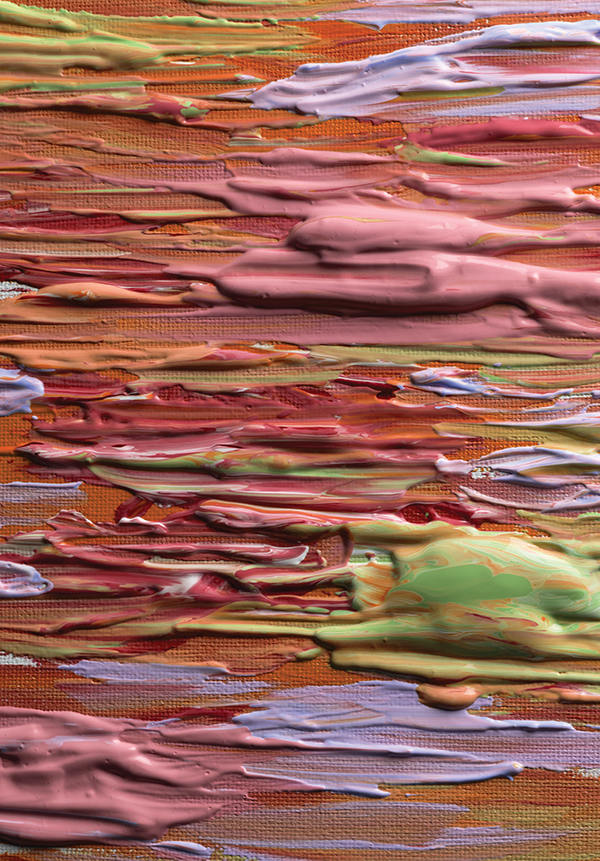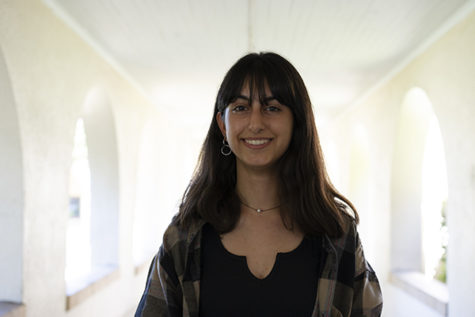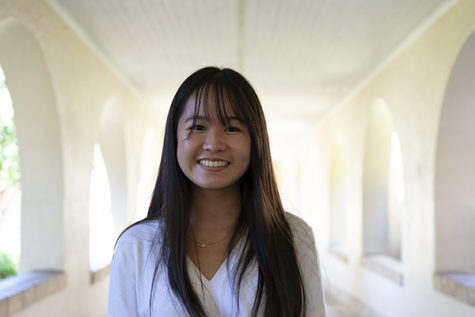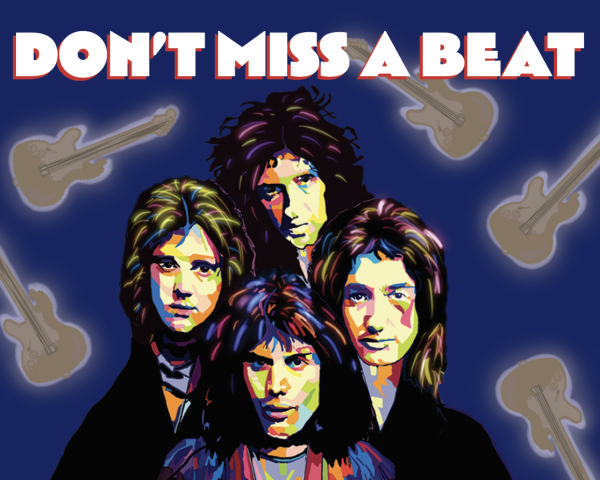Inclusivity in Art
3 MIN READFrom the creation of art to its presentation, traditional art has predominantly focused on providing entertainment for those without disabilities. Art is often seen as solely a visual experience, but this attitude is beginning to change as artists are creating art that is accessible to those with visual impairments. Efforts made by museums and artists are helping shape inclusivity in art to reach everyone regardless of their ability.
One such artist, Roy Nachum, has gained international attention for his album art for Rihanna’s acclaimed album “Anti”. His piece is partially covered in red paint, depicting a boy with a golden crown covering his eyes. In a series of paintings with similar depictions, Nachum explores the idea of blindness and values.
In his Fire collection, Nachum employs the use of braille and ash with a focus on blindness in pieces such as “Powder Blue” and “Violet Fire”. In their creation, Nachum wanted to engage blind people, and as they touched the paintings, marks from their fingertips left traces on the ash. With the purpose of shedding light on the blind experience, Nachum has created pieces that have been experienced by those with visual impairments to bring awareness to them.
Kenyan artist Tina Benawra has also dedicated her life and work to creating art that is accessible and can be enjoyed by the blind. Given that the art scene has been an almost entirely visual experience since its creation, Benawra hopes to include the visually impaired on the art experience through a more physical approach. Her colorful pieces include different textures and imprints, allowing for a hands-on and interactive experience with the layered artwork. As a final touch, Benawra adds braille to her canvases to explain the different components of the art, giving a chance for people to understand and interpret the meaning of the art without needing to look at it.
Not only are individual artists working to increase inclusivity in art, but art studios and exhibitions are also taking part as well. Creative Growth Art Center in Oakland, California, is an art studio and exhibition where those with disabilities can create and display their art pieces in a supportive professional environment. The studio includes materials for mediums of art such as ceramics, drawing, woodworking and printmaking for artists to create pieces with a variety of supplies. Works of art created at the Creative Growth Art Center have been displayed at museums worldwide such as the Museum of Modern Art, the Smithsonian Museum and the Studio Museum of Harlem. In an environment that truly supports the inclusion of artists with developmental, intellectual or physical disabilities, this art center has created a space in the art industry for artists to create and thrive regardless of disability.
Creative Growth has touched the lives of many viewers through art shows, collections and exhibitions. Steven Ferrera, an art teacher at Paly, has attended many of their art shows and has always been amazed by the art created there. Having taught and worked with students with an array of disabilities, Ferrera’s experience with art is one heavily involved with inclusivity. “I’ve been to many of [Creative Growth’s] art shows,” Ferrera said. “I am always amazed at the art being created there.”
In his classroom, Ferrera has seen his students excel regardless of disability. “Many times, these perceived disabilities are complemented by different art processes, so it can be a very therapeutic and relaxing experience,” Ferrera said.
Leia Hwangbo, a Paly art student, also believes in inclusivity in art. Some artists are now using methods such as incorporating braille in art to ensure art can be available for everyone to experience and enjoy. This allows more people to enjoy works of art that they would otherwise not be able to enjoy. “If people with disabilities find this method to be helpful and respectful, then other artists should adopt techniques such as this one,” Hwangobo said. “Art should be available for everyone to enjoy and taking steps to make art more inclusive is necessary for the community.”
Stepping into this new cultural era, the art world is expanding its sphere of influence into one that will introduce more varying styles. As more artists continue to create inclusive pieces that allow those with disabilities to enjoy their work, modern art will better serve the purpose of reflecting humanity in all its forms.









